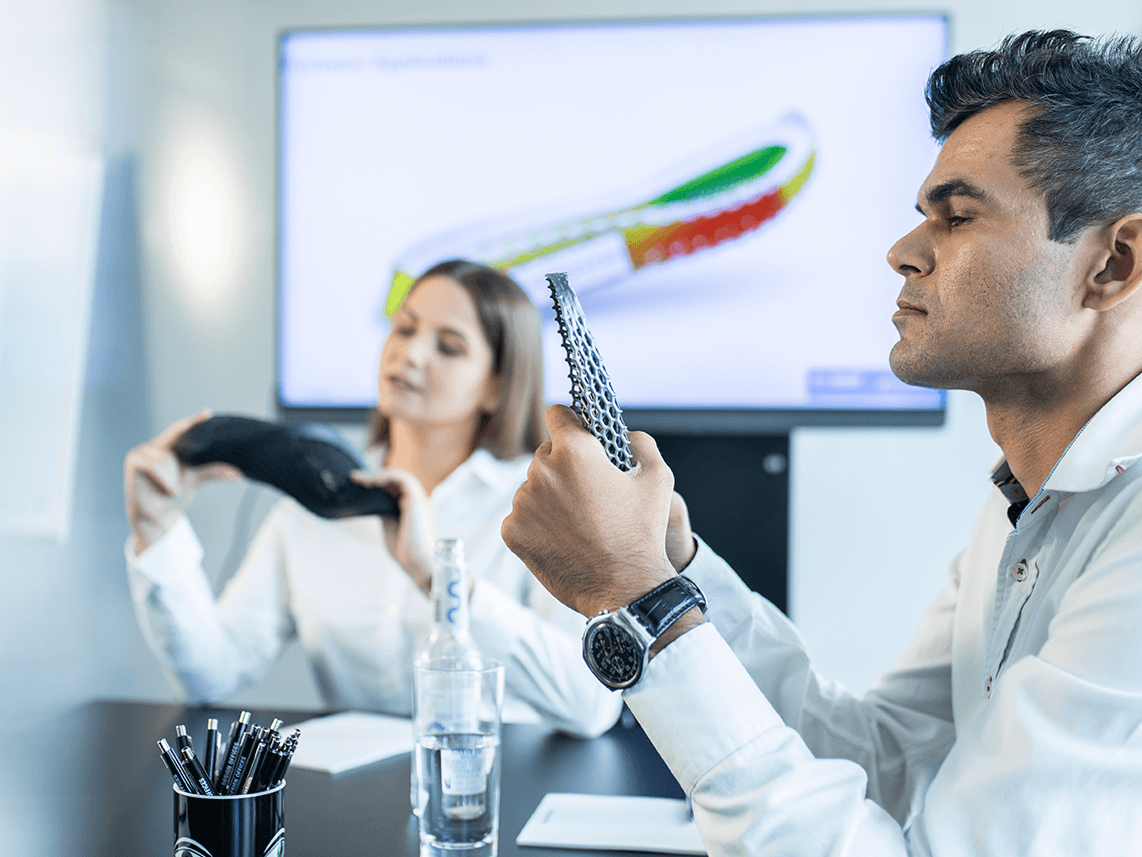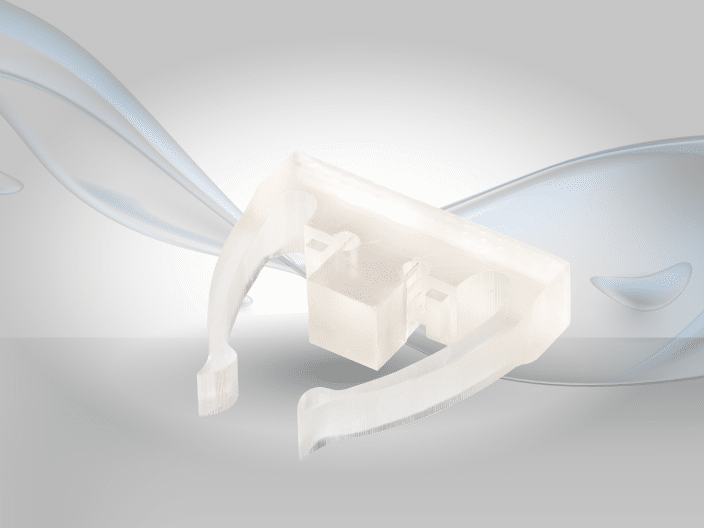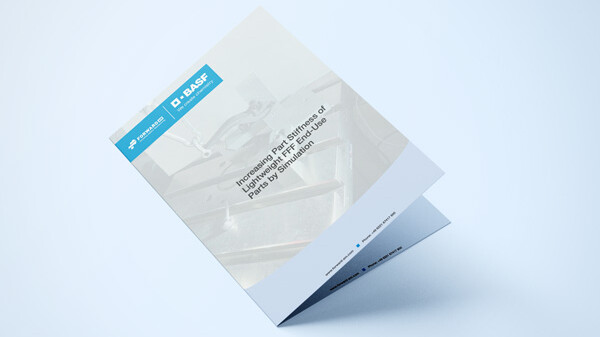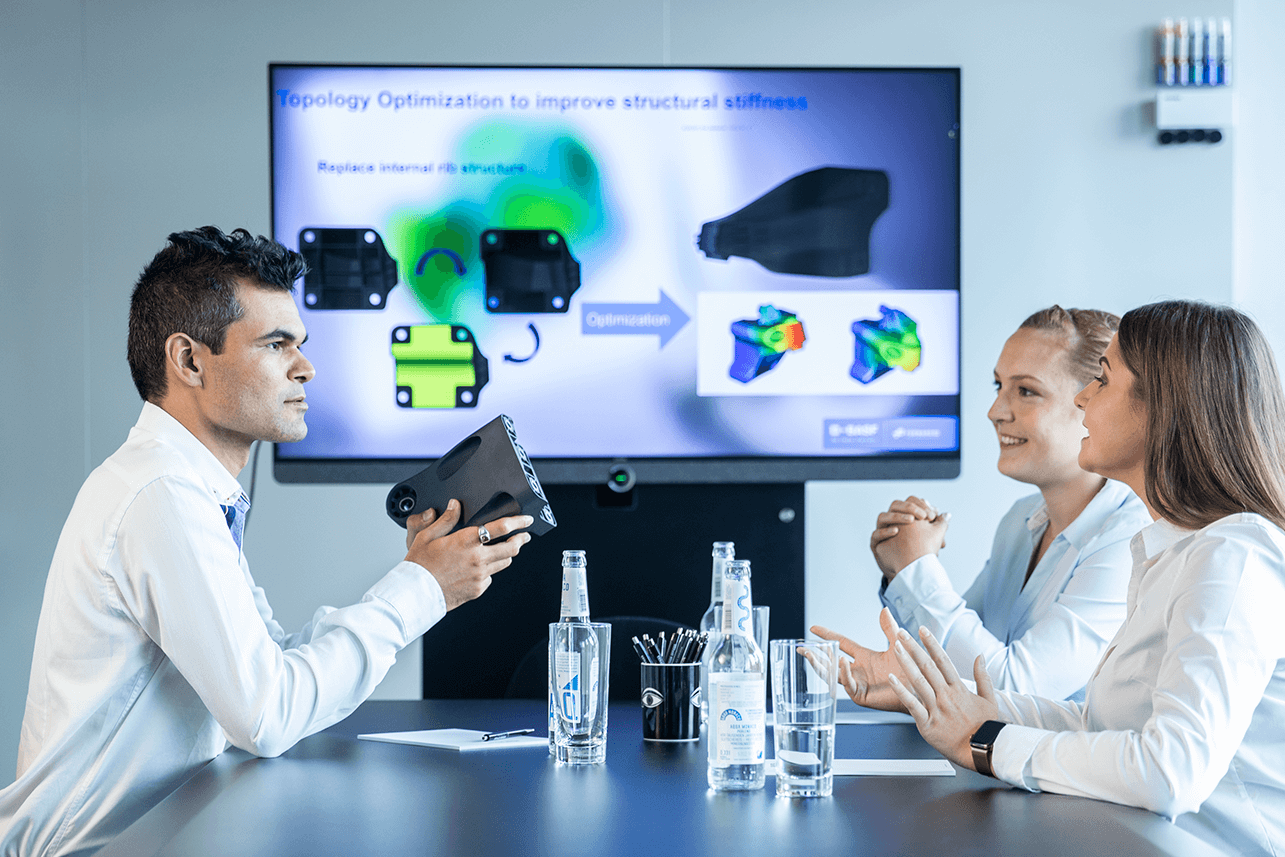Virtual Engineering
Virtual Engineering Improves the Success Rate, Reducing Time and Costs
Simulation for additive manufacturing is a valuable step in the production of 3D printed parts.
No strings attached!

Engineers and 3D printing specialists work closely with designers to fully understand the perfect part orientation and support structure design, in order to reduce the number of iterations and tests during construction.
Through our part and process simulation service, we help our customers save time and costs: We identify and eliminate weaknesses ahead of production, thus reducing the risk of part failure. Our experts identify areas vulnerable to warping, delamination, and excessive deformation by leveraging a diverse set of detailed material models.
Through our virtual engineering service, we are able to increase your success rate by predicting the thermo-mechanical behaviour of the materials during printing.
The challenge of mechanical material modelling is to find and describe the correlation between stress and strain. While in linear material models the stress is directly proportional to the strain, under real-world operating parameters the correlation is different. Materials usually show nonlinear behaviour and respond differently according to temperature variations, strain rates, load vectors, and load types.
We help our customers harness their components’ highest potential by developing non-linear material models for our AM materials and numerically optimizing the build orientation.
Benefits at a Glance
- We optimize your part’s weight and function
- We enable radically new AM-based design approaches
- We consider the complete product lifecycle
- We select the ideal AM material specific to your component’s required performance profile
Solutions
- Process Simulation
- Material testing and modeling
- Structural Design
- Unique lattice-based functional Design Structural Simulation
- Build job optimization
- NVH Optimization
How Additive Manufacturing comes to Life

Project Reference
Material used: Ultracur3D® RG 35
Project description and challenge: A major chemicals group’s Adhesive Research specialists contacted the Forward AM team. The customer was currently using several adhesive tape strips to fix parts together. The problem is that this method required exhaustive preparation, did not deliver robust results, and the components sometimes fell apart. We developed a Snap-Fit design to do the same job faster, more reliably, and requiring fewer manual steps.
Our solution and added value for the customer: We applied virtual engineering to understand the problem, develop a different, new and unique solution and optimize it through Numerical Free Shape Optimization. Changing the contour reduced surface stress by 24%, which delivered a major improvement in construction integrity.
The Ultrasim® capabilities of Forward AM are second to none – deep knowledge of lattice performance, durability and design for AM. When provided a design goal this workflow can be applied to filter the number of design options and converge on a physical product to meet this goal in a very time efficient manner. This is a game-changer to solving the very complex problems with virtually an infinite number of possible solutions!Dr. Ron Jadischke, Chief Engineer, Xenith.
Forward AM’s Virtual Engineering expertise and deep material knowledge enabled us to realize the lightest, fully functional computer mount in our portfolio. We exploited the full potential of 3D Printing to quickly iterate innovations and adapt the design of the mount to our exact needs.Christian Gundlach, Product Manager Gear, Canyon
Related Use Case and Whitepaper
Increasing Part Stiffness of Lightweight FFF End-Use Parts by Simulation
In Fused Filament Fabrication (FFF), print settings are usually calculated with algorithms of 3D printer related slicing software. Although often…
Discover more Ultrasim® 3D Services
Ultrasim® 3D Simulation (FEA)
Ultrasim® 3D Simulation (FEA) helps speed up the engineering process, shortens the testing phase, and increases confidence in part performance using a digital twin of your part.
Ultrasim® 3D Cost Analysis (TCO)
Understand the cost structure of your 3D printed part, what drives costs, and how this compares to other AM technologies.
Ultrasim® 3D Consulting
Discover how simulation of part behavior and Design for AM increases the success rate of your 3D printed part.
Solve it with us
Do you have questions about our lattice offerings or other services? Get in touch! No strings attached!



